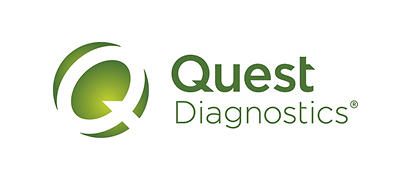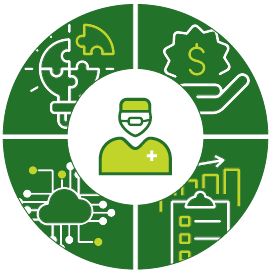Our nationwide footprint and extensive partnerships with technology leaders, health plans, and labs translates into advanced testing at the right price for you and your patients.
Powering care to help you deliver better outcomes
Quest Diagnostics is more than a lab. We’re an innovative leader in test development with clinical experts, resources, and services to help you meet your patients’ needs. From our groundbreaking response to COVID-19 to our broad and deep menu of 3,500 routine, esoteric and genetic tests, we connect the most advanced solutions with healthcare providers and patients—regardless of where they are or what their health status is.
Our access to industry-leading expertise and substantial investments in operations empowers us to stay ahead of the latest technology to develop highly accurate testing on the most efficient platforms so you can do more for your patients.
Delivering the best healthcare possible shouldn’t be complicated. We help simplify end to end laboratory diagnostic processes with intuitive tools that can help your practice run efficiently, and can help keep your patients actively engaged in their health.








